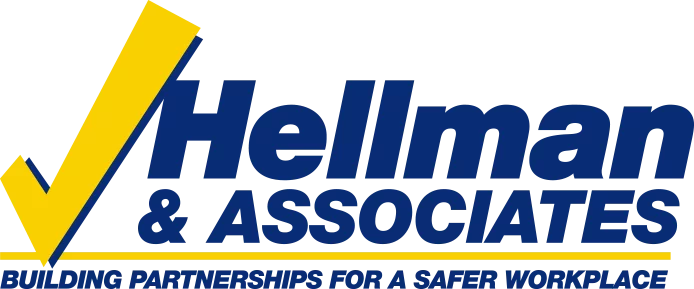OSHA Standard: 1910.251 Welding, Cutting, and Brazing
General Steps for Cutting with an Oxygen – Acetylene Torch:
- When attaching gauges to cylinders, use care not to over tighten them.
- Generally, the desired pressure for the acetylene gauge should never exceed 7-8 pounds unless a heating tip is used.
- The desired pressure for the oxygen gauge need not exceed 35-40 pounds up to a number 2 tip. Increase about 10 pounds per size number increase.
- Never use a cigarette lighter to light a torch.
- Anytime the torch will be used, proper PPE is required. Never use sunglasses to burn with because they are not the proper shade and will cause damage to the eyes. Minimum shade of burning goggles should be #5 green shade. Leather welding gloves should always be worn. These two items are always necessary but other accessories such as leather sleeves, ribs, spats, and other protective leather may be worn for comfort as well as safety.
Cutting and Welding Fires are Usually Caused by One of Three Things:
- Sparks and Slag: can fall through cracks or openings in floors, under doors, on combustible material or on flammable liquids. Sparks can fly 35 feet horizontally, may smolder in cracks with fire breaking out after the end of the shift.
- Metal: being cut or welded can transmit heat by conduction or radiation and start a fire in adjacent or nearby combustibles.
- Torch: the cutting torch accidentally coming close to, or in contact with, combustible material can be a ready source of ignition.
To Prevent Cutting or Welding Fires:
- Move work to a safe place. If work can’t be moved, remove combustibles from area.
- Sweep floors clean.
- Keep fire extinguishers handy and be fully knowledgeable in its use.
- Don’t cut or weld in the presence of flammable liquids or vapors, in the presence of lint or dust, or on unpurged containers previously holding flammable liquids.
- Acetylene gas can ‘pool’ and ignite; avoid situations where the gas can “pool” if the valve is left open.
- Choose a safe direction for the cut so that the sparks are going in the direction you want.
Handling of Cylinders:
- Avoid dragging or sliding cylinders, even for short distances. They should be moved using a suitable hand truck. Never lift them over your shoulder or otherwise carried by hand.
- Never drop cylinders or permit them to strike each other violently.
- Do not move the product identification label or change the cylinder color.
- When returning empty cylinders, close the valve before shipment, leaving some positive pressure in the cylinder. Replace all cylinder caps when returning the cylinder to storage.
Storage of Cylinders:
- Always store cylinders in the upright position. Cylinders may be stored in the open, but should be protected from dampness of the ground to prevent rusting.
- Smoking or open flames are prohibited in gas cylinder storage areas. Make sure a sign is in place to inform all personnel.
- Oxygen cylinder storage must be separated from flammable gas storage areas or combustibles by at least 20 feet or by a 5’ non-combustible wall.
